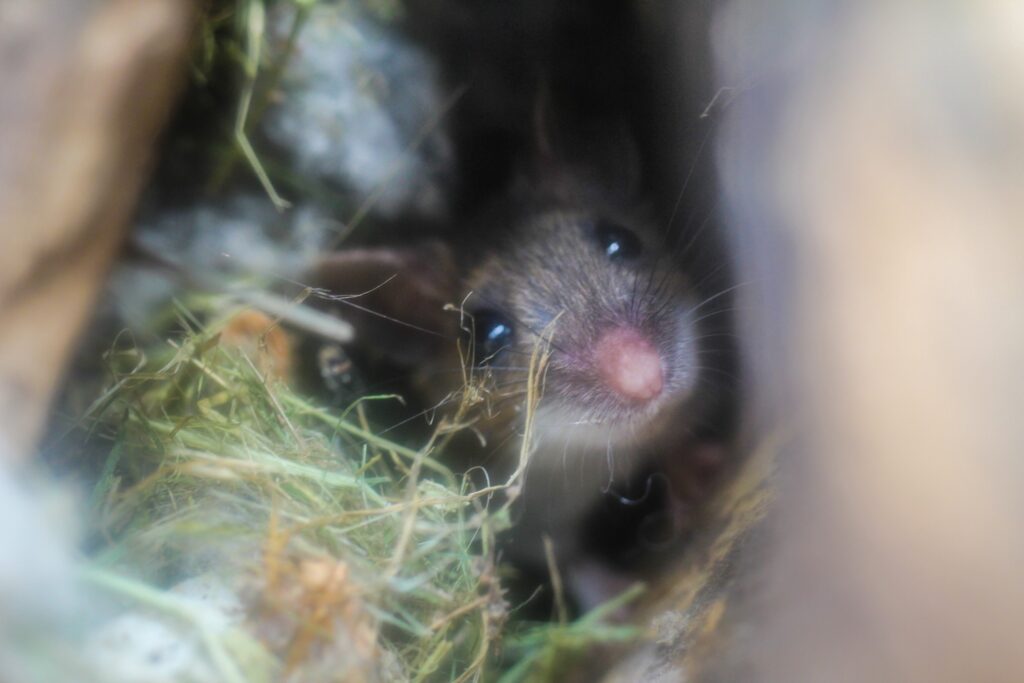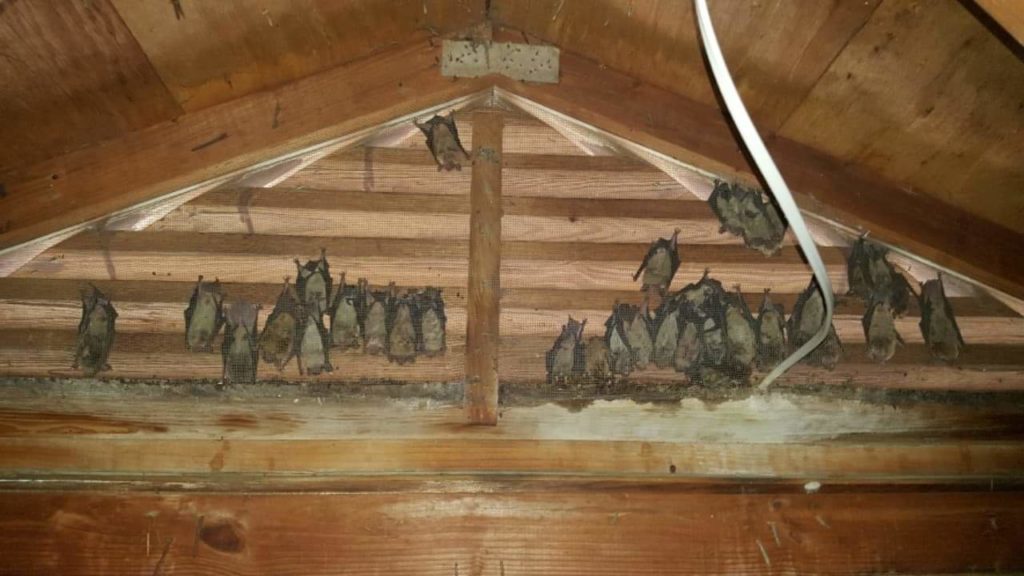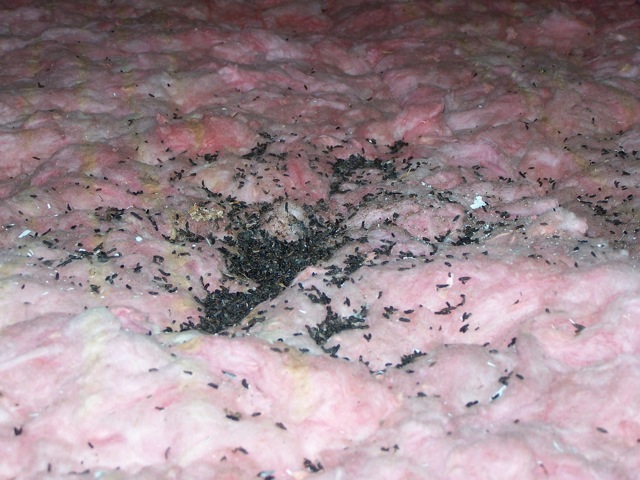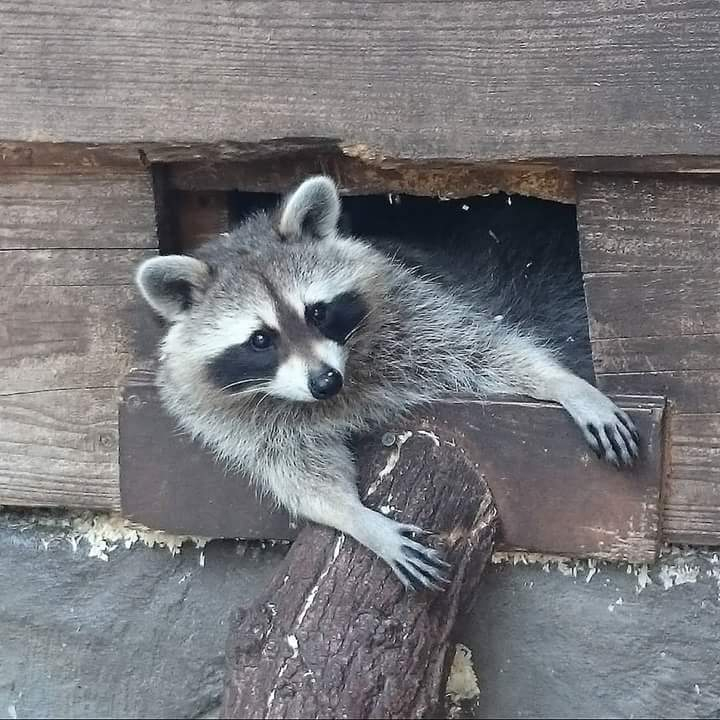Wildlife control is often an overlooked aspect of homeownership until damages are already done. Oftentimes, homeowner’s insurance doesn’t cover wildlife damages, either. What wildlife dangers are lurking behind your walls?
While wild animals will seek refuge in your home to avoid predators, nurture their offspring, and protect themselves from the elements, they will not make excellent roommates while they are there.
Different sorts of wildlife will wreak havoc on your home in different ways. But one thing is sure: wild creatures can and will cause major damage if they are able to get into your home.

Of course, they don’t aim to irritate you while they’re in your home, but regardless of their motives, they’ll create severe damage that you’ll have to pay to restore.
The sooner you prevent wildlife from getting into your home or get rid of the wildlife that has taken up residence in your home, the better. The early grip on wildlife control can limit the amount of damage an encroaching wildlife problem causes.
Types of Wildlife that Could Be Living in Your Home
While wildlife varies depending on your property, location, neighborhood, and time of year, the following animals are commonly seen as the prime wall and attic suspects:
Here are the top five most serious wildlife-related damages
1. Deteriorated Insulation
Almost any wild animal that has found its way into your home will seek refuge in your Insulation. After all, it’s warm and comfortable, and animals like to remain hidden.
Squirrels will tear your Insulation to shreds in order to utilize it to construct their nests. Raccoons lurking in your Insulation will simply compress it and tread it while wandering around, destroying it. Mice will tunnel through the Insulation to get around your house, creating a maze of sorts.
During their stay in your home, all animals will urinate and defecate all over your Insulation.
2. Frayed and exposed wires
Mice are the tiniest of the wild animals that can infiltrate your home, but they’re also the most disruptive. Chewing and gnawing are responsible for the majority of the harm they do. They will chew on almost any material, but electrical wiring is one of their favorites.
Squirrels, rats, and even raccoons can chew on the wiring in your home. The frayed, naked wires left behind can present a fire hazard and jeopardize your family’s safety, making this one of the most serious potential consequences of wildlife residing in your house.
3. Broken Pipes
Rodents will eat through your aluminum and plastic pipes in the same way they gnaw through your wires. A rodent will chew right through pipes if they are in the path of where it needs to go. Flooding in the home can be caused by wild animals.
4. Structural Deterioration
The most common offenders of this type of damage are rodents. And, once again, it’s due to their chewing habits.
Mice, squirrels, and other rodents can gnaw through almost any material, including wood, metal, plastic, drywall, and concrete, to keep their teeth short. This can compromise your home’s structural stability and cost you thousands of dollars in repairs.

5. Roof Damages
Wild animals are likely to have entered your home through the roof. Climbers include squirrels, mice, raccoons, and other wild animals. Once they’re on your roof, they’ll look for weak spots and start to work.
Raccoons will tear up pipe matting and shingles, as well as push their way through soffit junctions. Your fascia boards, shingles, and eaves troughs are all potential squirrel entry locations. Mice only just the slightest of openings to get access.

Signs of a Wildlife Infestation
While you’re unlikely to discover these critters walking around your kitchen or living room, it doesn’t mean they don’t exist. These creatures prefer peaceful, undisturbed spaces like your basement, attic, walls, and garage. They can contaminate food and spread germs and viruses, but they can also damage your home’s electrical wiring and Insulation.
The following are some of the most prevalent indications of a wildlife infestation:
- Noises coming from your walls or attic that are squeaking or scraping
- Rustling noises from beneath your house or deck
- Unusual noises, which tend to be louder at night or at twilight
- Garbage cans turned over, and debris was strewn around.
- Urine stains that are brown and have a strong odor present on ceilings or floors
- Small brown feces droppings in and around your home
- Electrical wire or walls with wood chips or gnaw marks
- If you’ve spotted any of these indicators in or around your property, you may be dealing with a wildlife infestation!
5 Tips to prevent your house from wildlife damage
While we all like animals in the wild, we don’t always want them in our homes! An ounce of prevention is worth a pound of cure, as the saying goes. Here are five strategies to keep pesky creatures from making your home their home:
- Keep food and crumbs out of the kitchen and living spaces. All pests, including wildlife, are hunting for food. To reduce their food sources to a minimum, vacuum and sweep your floors on a regular basis, and keep the garage free of food and rubbish. You don’t want to leave a trail of crumbs for animals to follow!
- Make sure the food is covered and stored safely. Remember that these creatures are looking for food, so make sure they don’t have easy access to it. Particular attention should be paid to pantries, drawers, and cabinets. Any food kept in these locations should be covered, secure, and difficult to obtain. Most significantly, don’t forget to keep dog and cat food carefully as well!
- Make sure trash is properly covered and not allowed to sit. This is very crucial both inside and outside your home. You could be inviting bugs and animals inside if you leave a bag of garbage in front of your entrance. Keep garbage in a trash can at all times, and if it has a lid, make sure it is constantly closed.
- Fill up any existing gaps or cracks in your home. Small holes and gaps provide simple access for wildlife to enter a home. Small rats may fit their bodies into a quarter-sized hole, so fix any holes and cracks in your home, particularly near the entry and exit locations. It’s especially important to keep a watch on your chimney.
- Clean your entire house, even hard-to-reach areas. You could be leaving crumbs and food sources in locations you wouldn’t expect, such as under appliances, pantry shelves, in between the counters, and other places you can’t see. These inaccessible spots, which may go overlooked, are some of wildlife’s favorite hangout spots.
You can almost always uncover traces of wildlife access on your roof if you have wildlife residing in your home. Other animals will let themselves in by finding the entry points. Wildlife control by a trained, licensed wildlife removal specialist is very important. Wildlife damage must be fixes and exclusion (re-entry) must be implemented, or you will have additional wildlife problems again in the near future.
Wildlife Removal Experts
Our wildlife removal experts have the knowledge and experience to safely remove all types of wildlife from your home or property. We offer humane, quality service at an affordable price for a variety of species that includes raccoons, squirrels, bats, birds (such as pigeons), armadillos, and more. Call us today to schedule an appointment!

